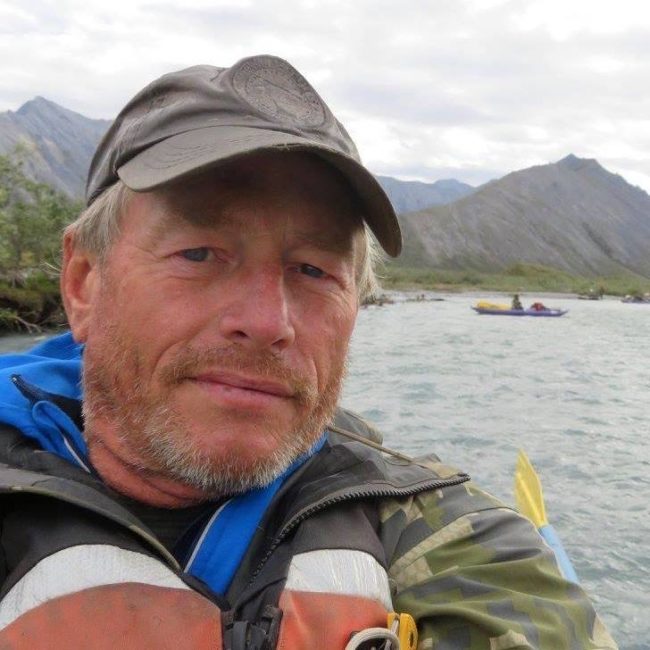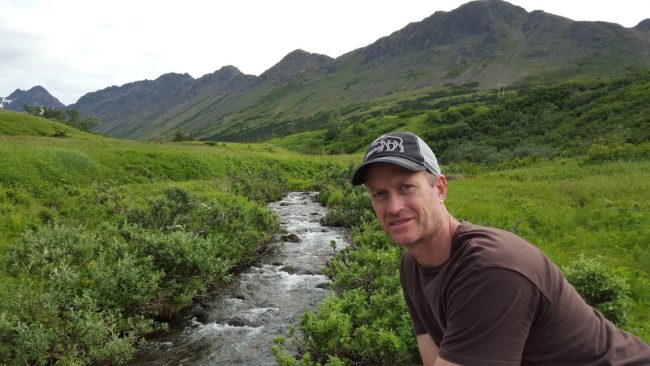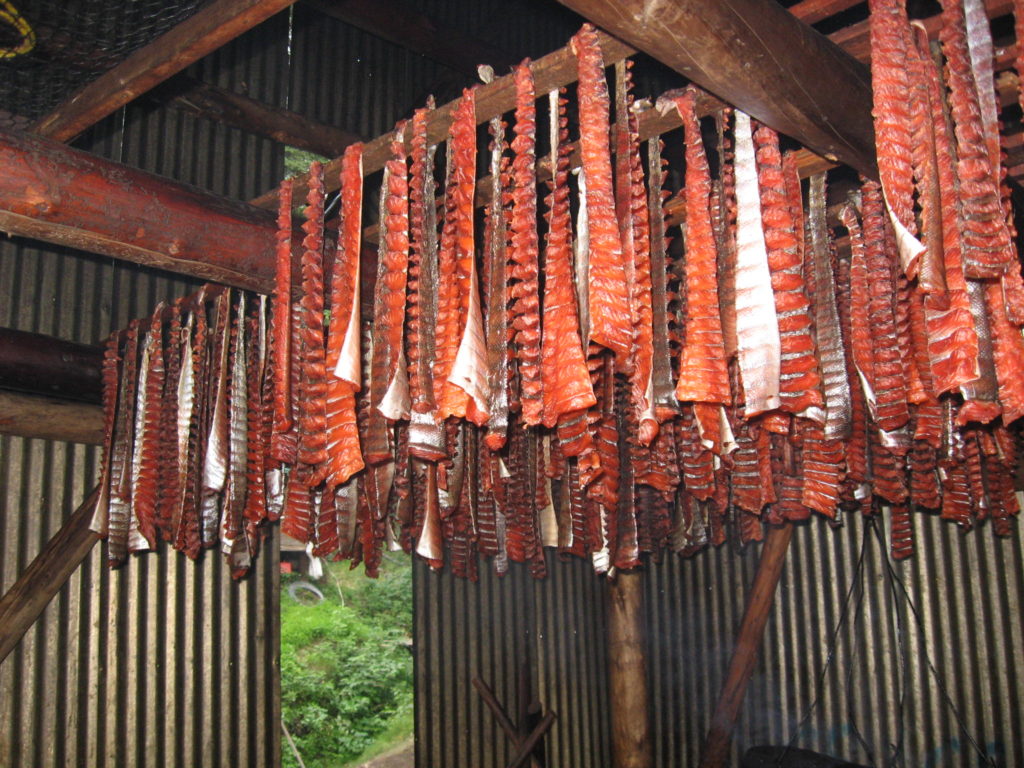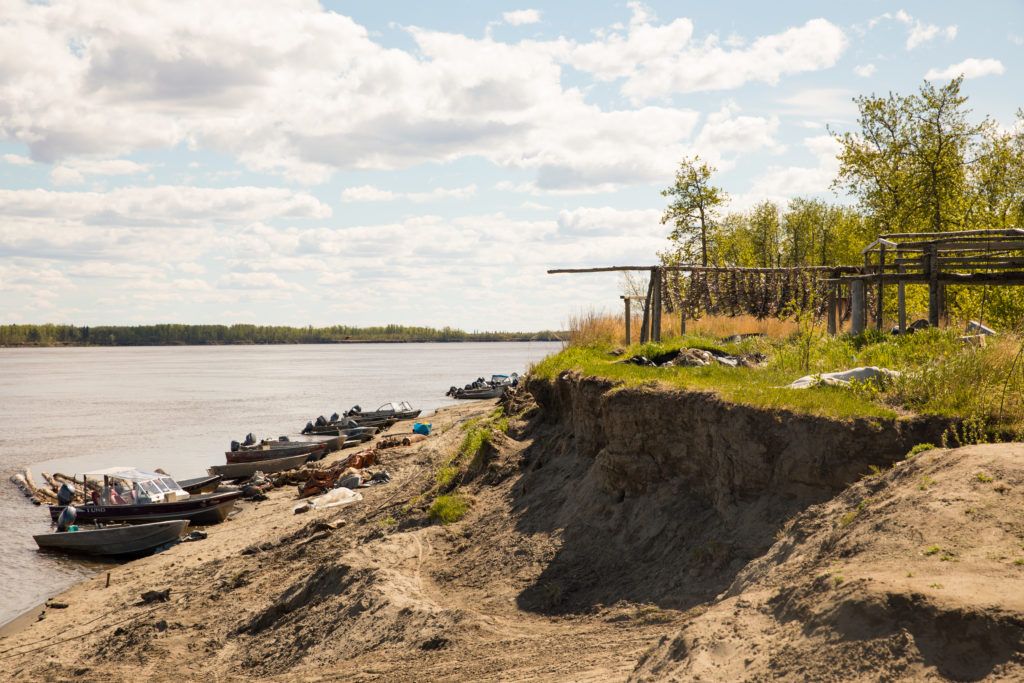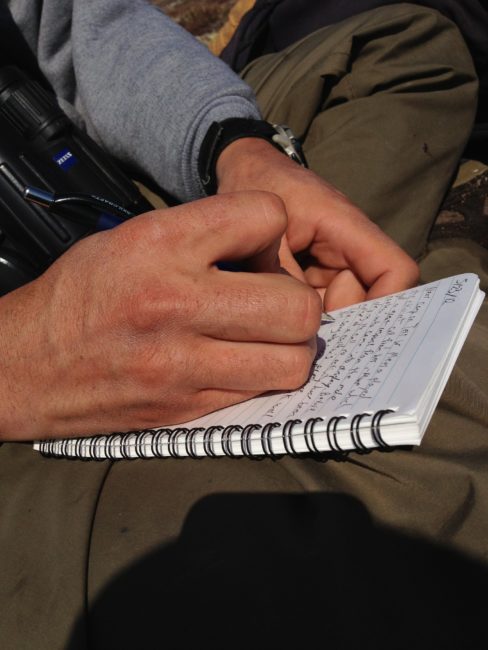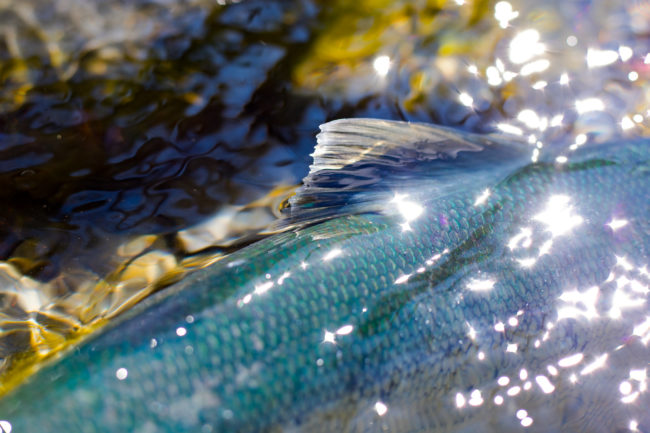This meeting was held on Tuesday, September 17, 2024, 5-6 pm AKDT
The recording of this event can be found below:
Presented by Barry Whitehill
Yukon Flats Deputy Refuge Manager (Retired)
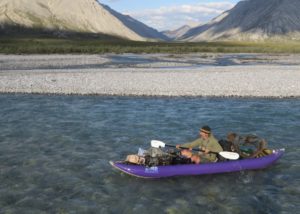
Ivishak River in the Arctic National Wildlife Refuge
From the mountains to the lowlands, rivers can take you to wilderness hunting. Floating has been Barry Whitehill’s primary vehicle for accessing national wildlife refuges in Alaska in order to hunt moose, sheep, and caribou. He also just loves rivers. Barry’s love of rivers was honed through a career with the U.S. Fish and Wildlife Service which enabled him to traverse remote Alaskan rivers for work. His retirement in 2009 as the Deputy Refuge Manager at the 8.6 million acre Yukon Flats National Wildlife Refuge in central Alaska gave him the time and opportunity to undertake extended personal float trips. He has floated over 1000 miles of Alaska’s rivers in one summer! Barry knows Alaska rivers.
Feast or famine is often the dynamics of Alaska’s ecosystems. As a hunter in that setting, the difference between success and failure can be the ability to tap into the natural rhythm of the land. Barry considers floating to the hunt a great way to match the pace and terms of the Alaska landscape. Barry will share with us lessons learned in over thirty years of floating to these Alaska hunts. He will talk about some of his favorite rivers primarily on the Arctic, Kanuti and Yukon Flats refuges all accessed out of Fairbanks. He will also share tips for planning a float, logistics and gear.

Barry Whitehill’s biography in his own words:
I grew up in eastern Washington and considered myself fortunate to have public lands close at hand. Starting with my first elk at age 14, it became obvious to me that dropping into deep, dark holes and undertaking challenging floats on public lands consistently brought success as a hunter. Also, rivers and wild places rejuvenate my soul. Later, I found this true when living in Idaho, northern Nevada, and, since 1992, in Fairbanks, Alaska. I am a Friends of Alaska National Wildlife Refuges member and on the Board of the Alaska Chapter of Backcountry Hunters & Anglers. Both organizations do much to support our national wildlife refuges and our opportunities to float and hunt and enjoy these public lands.

Kanuti River on the Kanuti National Wildlife Refuge.
Background on Hunting on Refuges
Some of you may be surprised to learn that hunting is one of the “Big Six” priority wildlife dependent recreational uses of national wildlife refuges along with wildlife viewing, wildlife photography, interpretation, education and fishing. These were established as priority recreational uses in the National Wildlife Refuge System Improvement Act of 1997. Some lower 48 refuges are closed to hunting to protect species where the populations are not large enough to support hunting or where hunting would conflict with other priority uses. All national wildlife refuges in Alaska are open to hunting except for very small areas adjacent to visitor facilities and the Skilak Loop Road on the Kenai Refuge where wildlife viewing, wildlife photography and small game specialty hunts (youth, bow, and falconry) are the priority uses. Protection of species is accomplished through game regulations usually set by the state. Many Alaskan households utilize wild meat as a big part of their diet.
Subsistence hunting for rural residents is also one of the purposes of all national wildlife refuges in Alaska as established by Congress in the Alaska National Interests Lands Act (ANILCA) of 1980.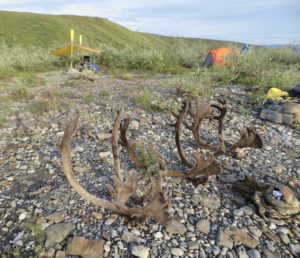
Riverside camp on the Ivishak River, Arctic National Wildlife Refuge
Friends partnered for this program with the Alaska Chapter of Backcountry Hunters & Anglers, a group dedicated to “ensuring North America’s outdoor heritage of hunting and fishing in a natural setting, through education and work on behalf of wild public lands, waters, and wildlife.” They have been advocates for refuges, wilderness and wildlife including taking positions opposing the Ambler Road and defending the Malheur National Wildlife Refuge during the 2016 takeover and occupation by the Bundys.
